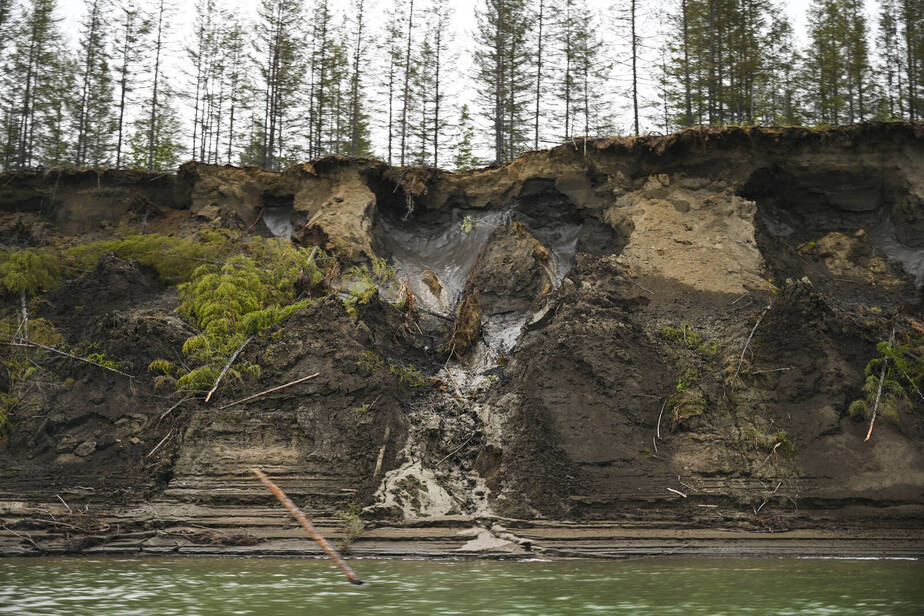SOURCE: Inside Climate News
DATE: October 16, 2020
SNIP: A dive deep into 27,000 years worth of muck piled up on the bottom of the Arctic Ocean has spurred researchers to renew warnings about a potential surge of greenhouse gas emissions from thawing permafrost.
By tracking chemical and organic fingerprints in long-buried layers of sediments remaining from previously frozen ground, the scientists showed that ancient phases of rapid warming in the Arctic, such as occurred near the end of the last ice age, released carbon on a massive scale. Vast frozen landscapes collapsed, turned to mud and flowed into the sea, releasing carbon dioxide and methane into the atmosphere along the way.
The study, published today in Science Advances, shows that only a few degrees of warming in the Arctic is enough “to abruptly activate large-scale permafrost thawing,” suggesting a “sensitive trigger” for greenhouse gas emissions from thawing permafrost. The results also support climate models that have shown “large injections of CO2 into the atmosphere” when glaciers, and the frozen lands beneath them, melted.
“If we consider the magnitude and the speed of anthropogenic climate warming, by 1 degree Celsius (1.8 Fahrenheit) globally and 2 degrees Celsius (3.6 Fahrenheit) in the Arctic, during the past 150 years, and compare this with the first abrupt temperature increase of about 1 degree Celsius at the Bölling-Alleröd, it appears likely that large-scale permafrost thawing and carbon release is going to happen again,” he said. “Our study indeed suggests that abrupt permafrost thawing represents a tipping point in the climate system.”
The new study “supports the idea that permafrost is an important and significant source of carbon,” Romanovsky said, alluding to ongoing research about the relative regional roles of permafrost and the oceans in the carbon cycle. “That permafrost is the main source, or one of the main sources. That’s what they are trying to prove.”
Along with increasing the amount of greenhouse gases in the atmosphere, thawing permafrost also has immediate effects on people living in the Arctic. Indigenous communities have been hardest hit; when frozen ground slumps and caves in, infrastructure they depend on fails. Roads collapse and power lines fall.
“It’s a little scary because it’s happening under our feet,” said Romanovsky, who, while in Fairbanks this summer, observed signs that even permafrost that has survived thousands of years is starting to thaw.
If Alaska continues warming at the same pace as the last five years, there will be widespread thawing of ancient permafrost, he warned. “We’re very, very close, and when it does, a lot of dramatic things will happen to landscapes and infrastructure, including roads and oil and gas developments. We will see huge changes.”

